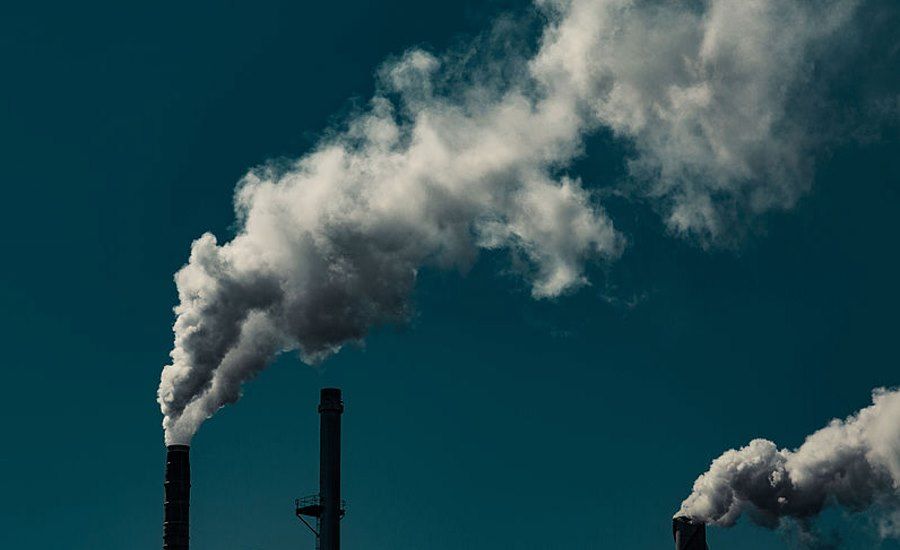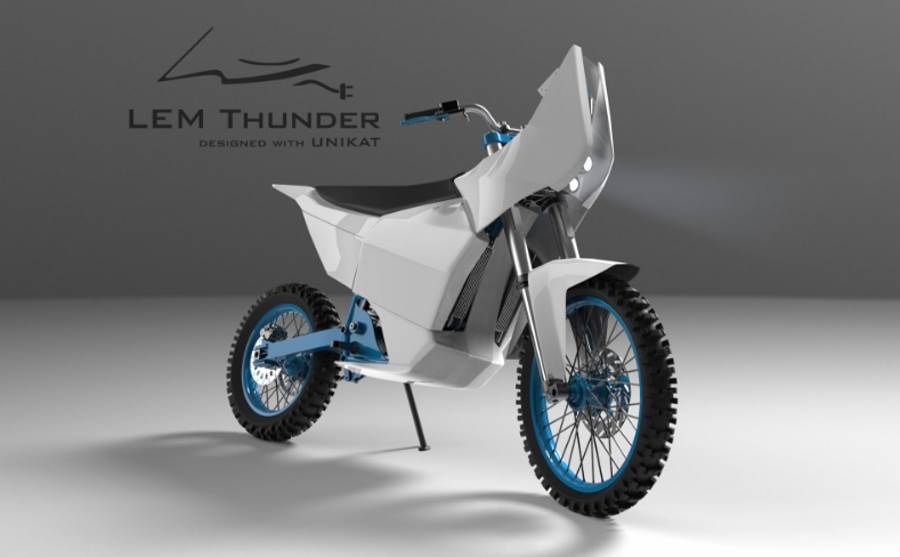Scientists have found a way to turn carbon dioxide back into carbon
Scientists have found a way to turn carbon dioxide back into carbon
Australian scientists have reported that they have succeeded in developing a cost-effective method for converting carbon dioxide gas into solid carbon. A new technique may prove to be a good way to safely and permanently remove greenhouse gases from the atmosphere.
New technology developed in Australia at RMIT University may be just what we need to combat climate change. Especially with increasing reports of climate anomalies and disasters. Although research into finding an efficient, cost-effective and large-scale applicable method for extracting carbon dioxide from the atmosphere has been going on for years, until now scientists have not found a suitable solution. Perhaps this is what was proposed by the Australianow will prove to be a breakthrough.
To convert carbon dioxide back into solid carbon, the researchers used liquid metals. The new technique can operate at room temperature, plus the process is efficient and scalable. An additional benefit is that coal can hold an electrical charge, becoming a supercapacitor, so that moheads could potentially be used to target otherow.
The new method was described in the pages of the journal „Nature Communications”.
Current carbon capture and storage technologies focus on compressing CO2 into liquid form, moving it to a suitable location underground. But this application has many drawbacks. First and foremost are engineering challenges and protecting the environment from potential leaks from the storage facilityow.
But the list of waysoin which carbon dioxide can be handled is long – from the aforementioned pumping of gas underground, to accelerating chemical reactions thatore can convert CO2 into a less volatile material. The problem is that none of these methods is cheap, and some of them simply cannot be used outside the laboratory.
The conversion of CO2 to solid carbon has also already been discussed, but the one proposed in theoat the time the method required high temperatures. Australian researchers have developed one thatora can operate at room temperature.
– Although we can’t turn back time, converting carbon dioxide back into carbon and burying it back in the ground is a bit like turning back the emissions clock, said Dr. Torben Daeneke of RMIT University. – To date, carbon dioxide has been converted to solids at very high temperatures, making the method unprofitable industrially. Using liquid metals as a catalyst, we have shown that it is possible to convert gas back to carbon at room temperature, in a process thatory is efficient and scalable. Further research still needs to be done, but this appears to be the first step in providing permanent carbon storage – he added.
The technique to capture and convert atmospheric CO2 into sustainable carbon for storage was developed by Dr. Dorna Esrafilzadeh. Not only is it relatively fast, but it also does not require high pressure or complex chemical reactions to convert carbon dioxide into a solid form.
To convert CO2, researchers have designed a liquid metal catalyst with specific surface properties for efficient electrical conduction and chemical activity.
Carbon dioxide is dissolved in a beaker filled with electrolyte liquid and a small amount of liquid metal, ktory is then treated with an electric current. In this wayob CO2 slowly converts into solid flakes of carbon, ktore are naturally separated from the surface of the liquid metal, allowing the continuous production of carbon solids.
– An additional advantage of this process is that carbon can hold an electrical charge, becoming a supercapacitor, so that moheads could potentially be used as a component in vehicles of the future. The process also produces synthetic fuel as a byproduct, which can roalso have industrial applications – Esrafilzadeh explained.
Sourceobackground: RMIT University, photo. Tony Webster, Wikimedia Commons/ CC BY-SA 2.0


